Ian’s Bird of the Week – Masked Lapwing ~ by Ian Montgomery
Newsletter – 4/5/16
This is a seriously overdue bird of the week, so I offer you my apologies. The reason or excuse, and the good news, is that I was working hard to complete the conversion of the birdway website to make it ‘mobile friendly’ and that is now finished. I’ve converted more than 1,600 galleries of birds and other wildlife and all the navigational pages, such as family thumbnails. Naturally I’ve thought up other improvements such as a top-level page of wildlife thumbnails but I’m taking a rest from the website to play catch-up with other effortlessly side-lined tasks such as 2015 tax returns :-).<
The last bird of the week was the elegant and dignified Northern Lapwing, one of the birds that got me interested in birding more than 50 years ago. This week we have its loud and arrogant Australian cousin, the Masked Lapwing. Just in case you think I’m making an offensive comparison, I hasten to add that the other Australian Lapwing – and the only truly indigenous one – the Banded Lapwing is shy, dignified and attractive, which is probably why I’ve previously chosen it rather than the Masked Lapwing as bird of the week. It is, however, much rarer but I’ll let you draw your own conclusions from that.
The Masked Lapwing comes in two forms, sufficiently different to cause taxonomists chronic and persisting migraines. The northern variety, the ‘Masked Lapwing/Plover’ in the strict sense, shown in the first photo has a huge yellow wattle and a black cap that tapers to a point on the nape, while the southern ‘Spur-winged Lapwing/Plover’, second photo has a wattle that is much smaller (posteriorly) and shorter (ventrally) and a larger black cap which extends as an incomplete black collar draped over the shoulders. There are other difference: the northern one is paler, smaller and shorter-winged but has a larger bill. Consequently, taxonomists disagree as to whether we’re dealing with one or two species.
The IOC, which I’m following here, treats them as a single species, the northern one being the nominate race Vanellus miles (miles) and the southern being the sub-species V. miles novaehollandiae. The New Holland tag refers to its original entirely mainland Australian range from Central Queensland south to Victoria and east to South Australia, while the nominate race occurs in northern Australia, New Guinea, eastern Indonesia and Christmas Island. BirdLife International treats them as different species, with the southern form being given full specific status Vanellus novaehollandiae. Unfortunately the name Spur-winged Lapwing is already used for an African species V. spinosus, so Birdlife International calls the Australian one the ‘Black-shouldered Lapwing’, a name largely unused in Australia.
The problem with treating them as different species is that the two form hybridise over a broad zone from Far North to Central Queensland – Cairns to Mackay – a particular obstacle to identification in Townsville, more or less in the middle. The bird in the third photo is a typical Townsville one with a somewhat intermediate, largish wattle and black smudges both below the main cap and on the shoulders. It’s fairly like the pure northern variety found in Cairns, but I’m more comfortable treating it as hybrid miles x novaehollandiae and regarding them as a single species.
The fourth photo shows another Townsville bird cooling off in a dam in a paddock. It’s also displaying the impressive carpal spurs on the wings, possessed by both the Masked and Spur-winged varieties. The Spur-winged race has dark tips on both the spurs and the bill. The spurs are used as weapons and the birds are very aggressive when nesting and the spurs are used both on the ground and in flight (below), with the parents dive-bombing intruders in spectacular fashion. The specific name miles mean ‘soldier’ in Latin. They’re noisy birds too, and not just when nesting. Their sharp, grating ‘kekekekeke’ or shrill repeated ‘kek’ calls are a familiar sound throughout their range, day and night.
The ‘nest’ is just a scrape in the ground in short grass often near water and often in very vulnerable locations such as roadsides, parks, paddocks, gardens and airfields. They usually lay 3 or 4 large eggs and will re-lay if the clutch is lost to predation, mowing or being stepped on. Typical predators include birds such as Butcherbirds and reptiles such as Goannas (Monitor lizards).
Despite heavy losses, Masked Lapwings would appear to have benefitted from clearing of land following European settlement. In the past two hundred years, their range has expanded in Australia, and the southern race has become well established in Tasmania and colonised New Zealand, Lord Howe Island and, recently, New Caledonia, where it has bred since 1998. This is despite the fact that it relatively sedentary in Australia, although an altitudinal migrant in the Snowy Mountains.
As in all plovers, the eggs are large so the hatchlings are well developed and mobile at a very early age, below, after incubation by both parents for 28-30 days. They can also swim when very young. Until they fledge after 5-7 weeks, they remain very vulnerable to predation, relying on camouflage and their parents for survival.
Below is an older youngster showing the barred plumage and an already developing wattle. They start feeding themselves from a very early age but remain dependent on the parents for up to six months. The parents maintain the pair bond from one year to another and often return to the same site to nest.
So there you have it: noisy, aggressive and successful. Sounds like a very 21st century lifestyle to me.
Incidentally, because all the new web pages use embedded scripts to load common code such as headers, their file names end in ‘.php’ instead of ‘.htm’. If you use bookmarks to access the website, you’ll automatically get redirected to the correct file or, in the case of individual photo pages, to the first photo page in the gallery. You may care to update the bookmarks either by replacing them (easier) or, for the technically inclined, editing them to replace the ‘htm’ with ‘php’. If you do, the pages should load faster.
Greetings
**************************************************
Ian Montgomery, Birdway Pty Ltd,
454 Forestry Road, Bluewater, Qld 4818
Tel 0411 602 737 ian@birdway.com.au
Bird Photos http://www.birdway.com.au/
Recorder Society http://www.nqrs.org.au
Lee’s Addition:
Thou therefore endure hardness, as a good soldier of Jesus Christ. (2 Timothy 2:3 KJV)
Thanks again, Ian. What a coincidence, we were at the Lowry Park Zoo today and guess what a took a picture of? A Masked Lapwing.
It was nice being out birdwatching again after having been home-bound with bronchitis. Thanks for all your prayers for my recovery. Even the back was better today. Praise the Lord.
*
*
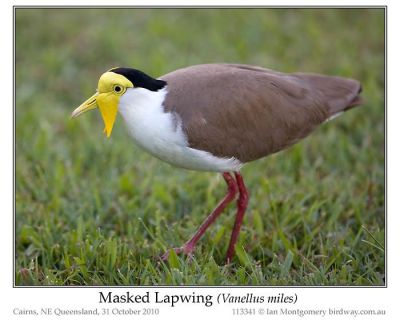
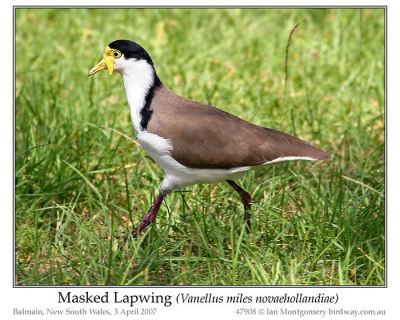
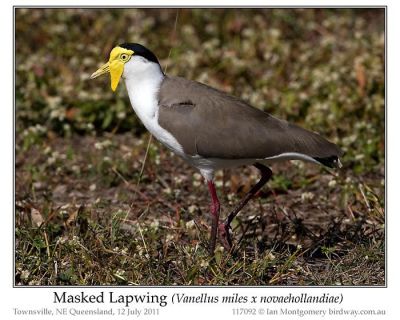
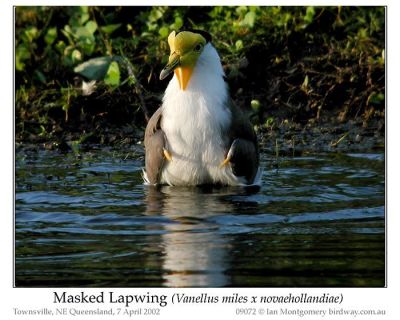
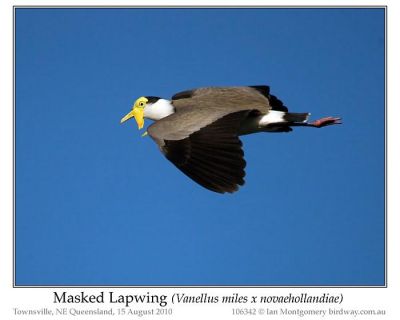
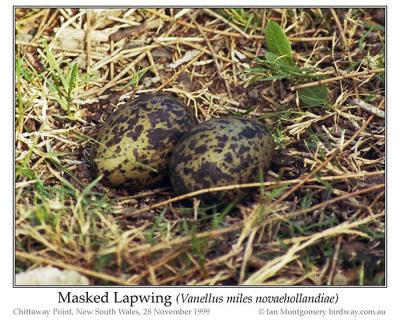
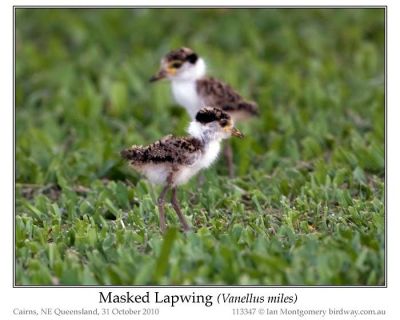
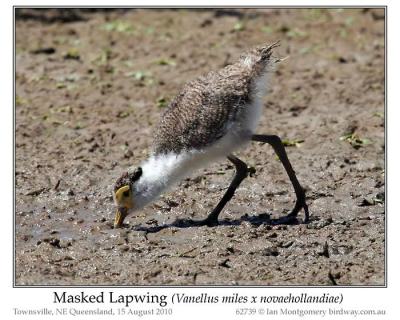
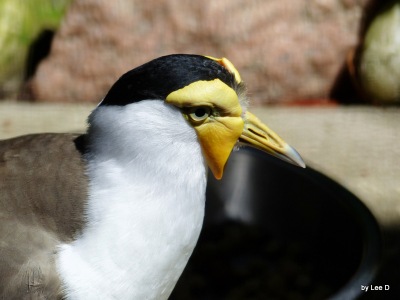
Yes these birds are doing very well over here and can be found almost anywhere now. Their call is iconic and often the sound one hears in the background of Australian movies, moreso than Kookaburras and Magpies.
LikeLiked by 1 person
I have heard them several times and they do have a unique call. Saw two kookaburras today also, but we couldn’t get them to give their call either. :)
LikeLiked by 1 person